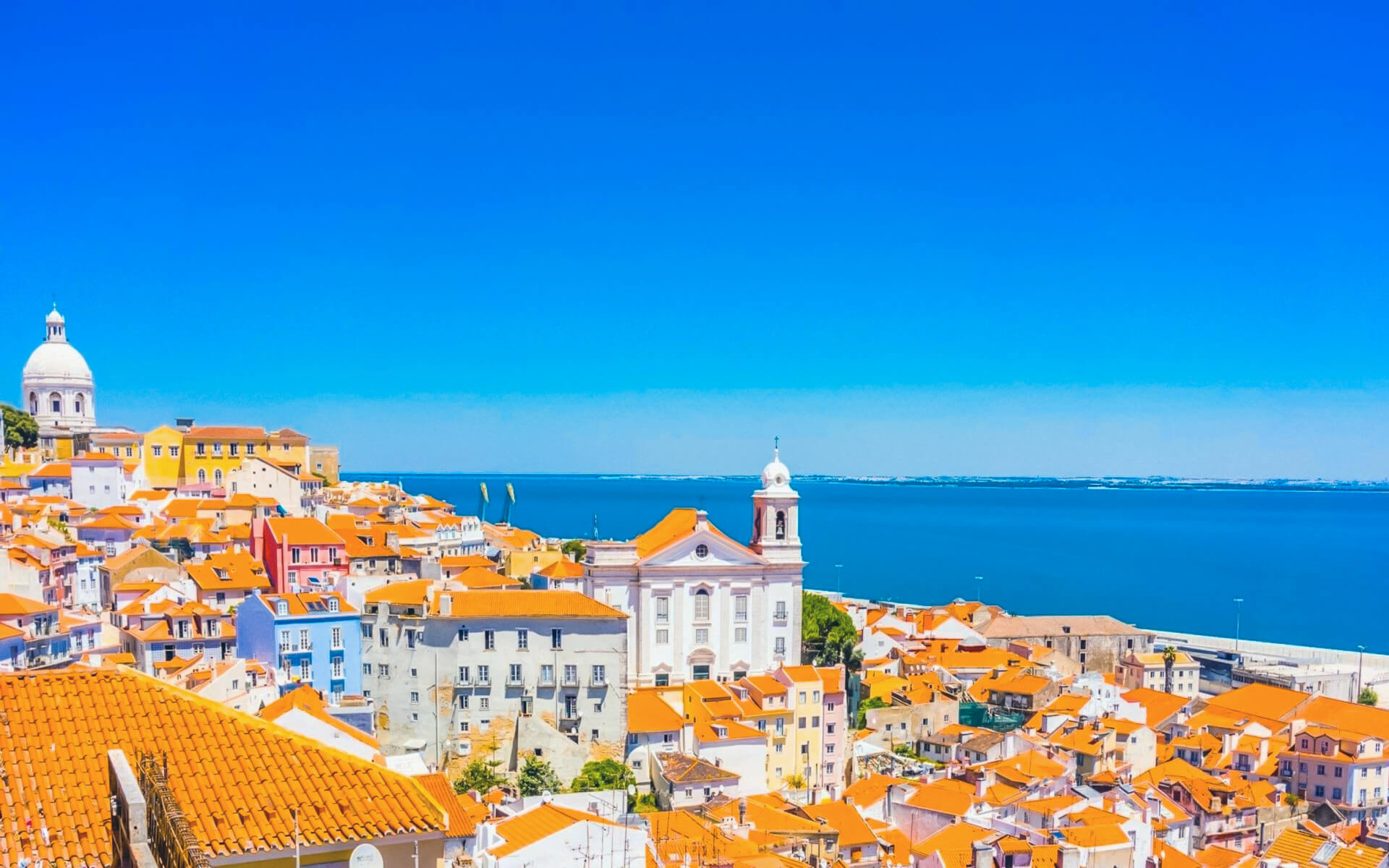Lisbon enchants visitors with its white bleached limestone buildings, small lanes, and an easygoing appeal that makes it a popular year round destination. It is a port city, an economic center, a cultural powerhouse, and a dynamic blend of Portugal’s rich past and colorful current culture.
Lisbon is also the capital of the Lisbon Region, which includes many other wonderful tourist destinations such as the UNESCO World Heritage site of Sintra, the seaside resorts of Estoril and Cascais, and Almada, famous for its hilltop Cristo Rei statue, all of which are well-connected to Lisbon via excellent public transportation.
Lisbon is constructed on seven hills, similar to Istanbul, Amman, Rome, and San Francisco. One of Lisbon’s distinguishing features is its many hills and scarcity of really flat regions. This is a city with enthralling contrasts as well: The lower parts’ magnificent squares, large avenues, and rectangular shape swiftly give place to the mountainous, small, twisting, and unexpected streets of neighborhoods like Alfama and Bairro Alto. Belem’s vast layout and magnificent structures stand in stark contrast to the confined streets of Alfama and Bairro Alto. The magnificent dining rooms and clever rooftop bars of costly hotels seem to be in another universe when contrasted to the superb eateries hidden behind an unobtrusive façade on a humble Bairro Alto street. Quality patisseries and restaurants coexist alongside late-night pubs and loud discos. The ancient, small, squeaky trams (one of the city’s characteristics) stand in stark contrast to the modern metro system.
Lisboa Ask Me Centre, Pç. do Comércio, +351 21 031-2815. open 09:00-20:00 daily.The gleaming new center will assist you in finding lodging, and the staff will gladly provide assistance, maps, and brochures. Smaller Ask Me Lisboa kiosks may be found around the Rossio neighborhood and airport, and its multilingual personnel will assist you with maps and brochures.
The Lisboa Card, which can be acquired at tourist information centers, provides free or reduced-price admission to numerous museums, galleries, and tourist sites as well as free or reduced-price transportation around the city. They are available in 24 hour adult €17, 48 hour €27, and 72 hour (€33) increments. They aren’t a good deal unless you intend on visiting a lot of museums. This is especially true if you have a student identity card (foreign or national), since student discounts to these attractions are often the same as for the Lisboa Card.


